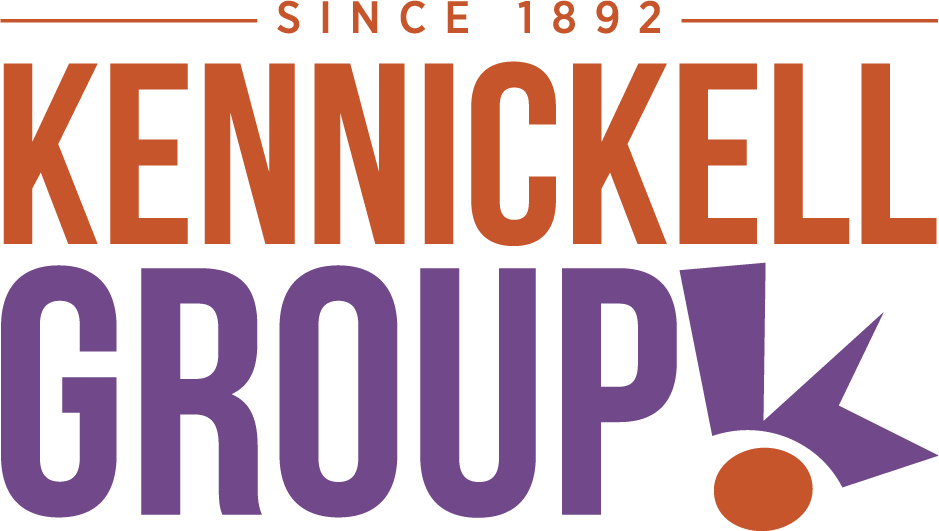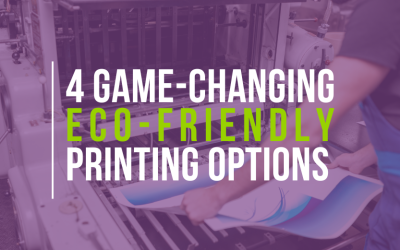How to Organize a Conference (Like a Pro)
by The Kennickell GroupWhether you’re organizing an academic conference, a professional conference, or even a fan convention, the task will require a lot of preparation and logistical maneuvering. Here are the top things you need to consider in order to organize a conference like a pro, no matter the field.
What’s the Point?
So you want to organize a conference. The first question you need to ask yourself is, why? What exactly do you want to achieve with this event? What do you want your attendees to get out of the experience? What will their motivation be for attending the conference? The purpose of the conference should inform the majority of your decisions for the rest of the conference planning process.
The Big Questions: What, When, & Where
Once you know why you’re doing this, try to imagine what you want the conference to look like. How long is it going to last? How soon do you need the venue? How many people do you hope to attend? Do you want to provide food for your attendees? With that information in mind, what type of venue are you looking for? And very importantly, what is your budget?
A good starting point to organize a conference is to answer each of these questions, as well as to write down any other ideas you have for the conference you’d like to put together. Now is the time to get everything on paper, so you have at least a vague idea of what limitations you’ll be working with during the actual planning process.
Organize a Conference Budget
A huge factor in event planning is of course…the budget. Your budget will determine many of your options, but keep in mind that there are good and bad ways to use your budget, as well as creative ways to help bolster your budget if you need to.
Obviously, you will have the income from registration fees unless you are running a free event. That should help you be able to afford extra amenities for your guests, but you can also consider taking on sponsorships from local businesses or businesses that may have a particular interest in the conference subject matter. If you’re planning an academic conference, you can also collaborate with academics from other institutions and try to get funding from multiple sources that way.
The Details
Once you have the bones of the conference laid out in your head, you can begin to flesh out the details. Here is a list of things you’ll want to consider:
- What speakers do you want to feature?
- Events/activities to keep your attendees engaged
- Building a website to publicize your event, as well as to help your attendees register and plan for their trip
- What merch, or swag, might you want to have available to the attendees at the event, free or otherwise?
- Look for potential deals or hidden costs – you may be able to avoid fees by using a caterer on site, or reserving parking in bulk.
The Visuals
When you organize a conference, one area of planning that you should pay special attention to is the visual presentation of the space, and the accoutrements that go along with attending your conference. You want everything to visually reflect your brand and the purpose of your event. This ranges from nametags, to informational materials, to event signage, to table coverings. Having an idea of what logos you’ll want to use, how you want these materials to look and feel, and what purpose they will need to serve will help you determine how much of the budget should be allocated to this and how early you’ll need to start to get everything created on time.
An experienced printing company like Kennickell can help you check every box all in one stop once you’re ready to start bringing your vision to life. Many large-scale conference materials like wall or window banners or vinyl stickers, floor decals, or event signage will be done by wide-format printing experts. Smaller tasks like nametags, booklets, or other swag can often be done through digital print on demand.
Finishing Touches
You’ve done all the hard work, now it’s almost time to reap the rewards. With just a few days leading up to the event, you’ll want to be thinking about final steps to bring everything together. Send out your last few promotional emails to get people excited about your event. Double check that all information online is correct, so you won’t have people getting lost last minute. Keep yourself available to answer any last minute questions that arise – you will almost definitely have hiccups to overcome in the final days before your event, so prepare for the unexpected! And most importantly, have fun at your event.
Check out our other recent blogs:
4 Game-Changing Eco-Friendly Printing Options
Here are some of the most effective eco-friendly printing choices, from alternative paper & inks to improved printing methods.
Solving In-Store Signage for a National Retail Chain
Our client, a large national retail chain with over 1,000 stores across the United States, requires customized in-store signage solutions.
Elevating Luxury Branding for a High-End Marine Manufacturer
A premier manufacturer of marine stabilization systems needed a print partner capable of producing marketing materials that reflected the elegance and precision of their high-end products.





